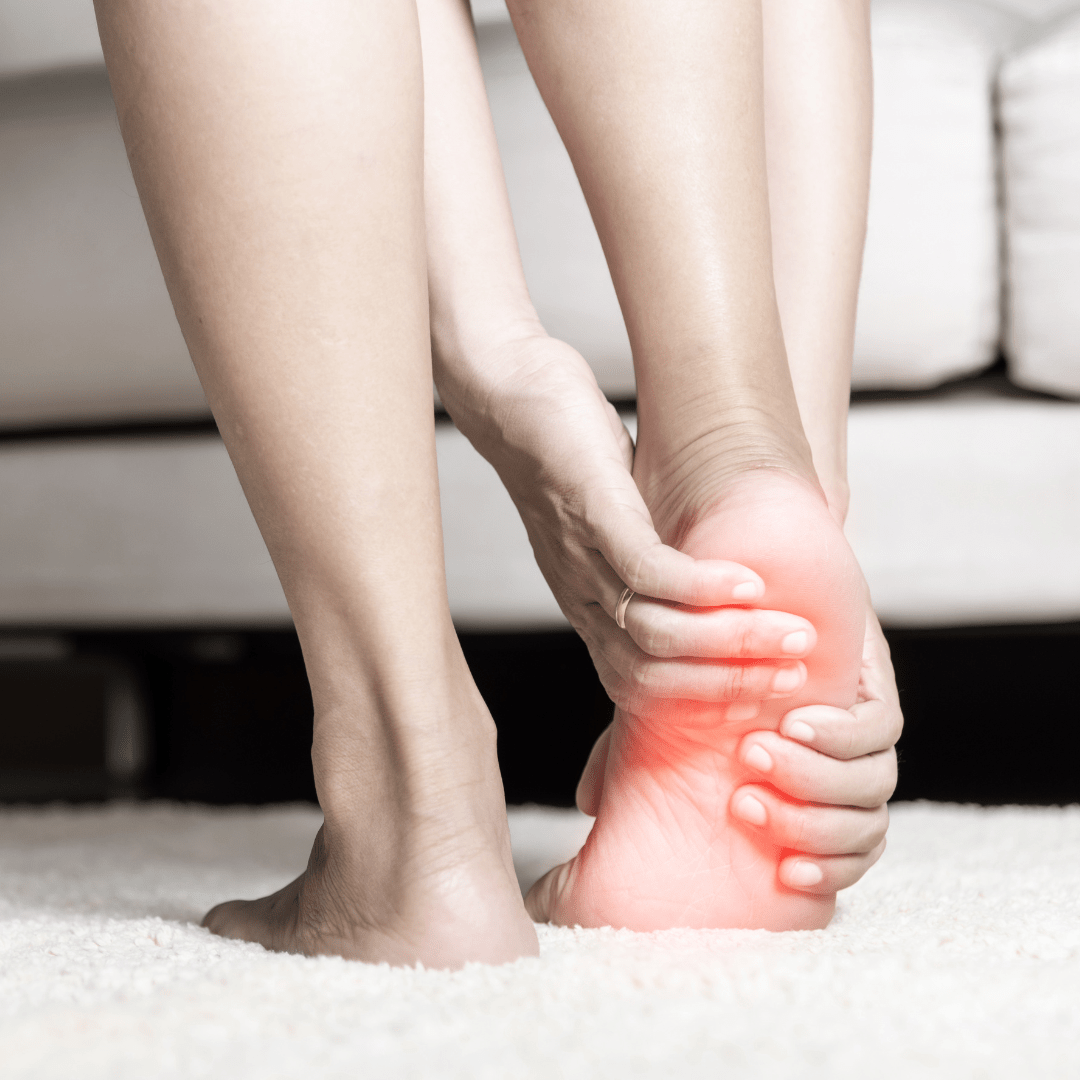Referred pain can be a right pain in the bum – and your shoulder, neck, back, legs, or feet.

Referred pain is where pain is felt in one part of the body although the pain comes from another part of the body.
It happens when the connected nerves in your body experience a pain stimulus, but your nervous system carries the signal to your brain - and your neural pathways believe there is pain elsewhere.
Many people have not considered that their aches and pains in one area, could be caused by something going on elsewhere in their body. But referred pain is a common complaint reported to practitioners, and it must be taken seriously.
What are some common types of referred pain?
It is common for people to experience referred pain in varying degrees, with differing importance or consequence.
And you might be surprised to realise that you might have experienced referred pain yourself but not recognised it.
Some of the most common examples of referred pain are:
Heart: Heart problems, such as heart attacks, might cause pain the arm, neck, or back.
Pancreas: An injured pancreas could cause pain in your back.
Stomach: Stomach conditions can often also come with pain in your shoulder blades.
Headaches: Headaches can often be caused by issues with your joints or muscles of the neck.
Legs and Feet: Pain can occur in the lower legs or feet that is referred from the lumbar spine (lower back).
Phantom limb: This is where pain is experienced by amputees and shows us that the brain is relaying signals from nerves which do not exist.
Have you experienced any of these types of referred pain?
Most referred pain situations are not a cause for panic. But it is important to recognise the cause of referred pain and to be in tune with what is going on in your body.
The importance of treating referred pain
In most cases, a healthcare provider needs to evaluate and treat referred pain. Because if you only treat the pain where you feel it, you’ll be missing the part that is injured and you won’t be able to achieve relief from the pain.
Most people who experience referred pain are unaware of what is causing it. All they know is they feel pain but are not sure why.
If referred pain means that a case of treatment is delayed, this can lead to complications and medical conditions worsening. This shows how important it is to treat referred pain properly and take it seriously.
Understandably there is a need to rule out any serious underlying medical conditions as the cause of a patient’s referred pain. If this is the case, then specialist treatment must be sought.
But, once any serious conditions are ruled out, you can treat referred pain in similar ways that you might treat the original pain:
- Rest periods
- Ice or heat packs
- Appropriate pain relief medications
- Physical therapy treatments and products
- Active exercise and stretching
How the right orthotics can help manage referred pain
With up to 60% of Australians and 70% of Americans experiencing some form of repetitive foot pain, SynxBody are proud to offer products that can help with these aches and pains.
We recommend using Synxsole Everyday Insoles for arch support and to relieve muscle stress.

To treat more acute foot pain such as heel pain, arch pain, Achilles pain and ankle pain, you can try an ice bucket to help relieve the swelling, then slip on a pair of Synxplus Foot & Ankle Compression Sleeves, which are great at reducing any inflammation.
We’ve also created a really handy Treatment Sheet so you can assess what aches and pains you have and how to treat them.
Shop now!
Looking for help to manage or prevent aches and pains? At SynxBody we stock effective footcare products that assist in treating common ailments and improve comfort for everyone from all walks of life. Shop now!






